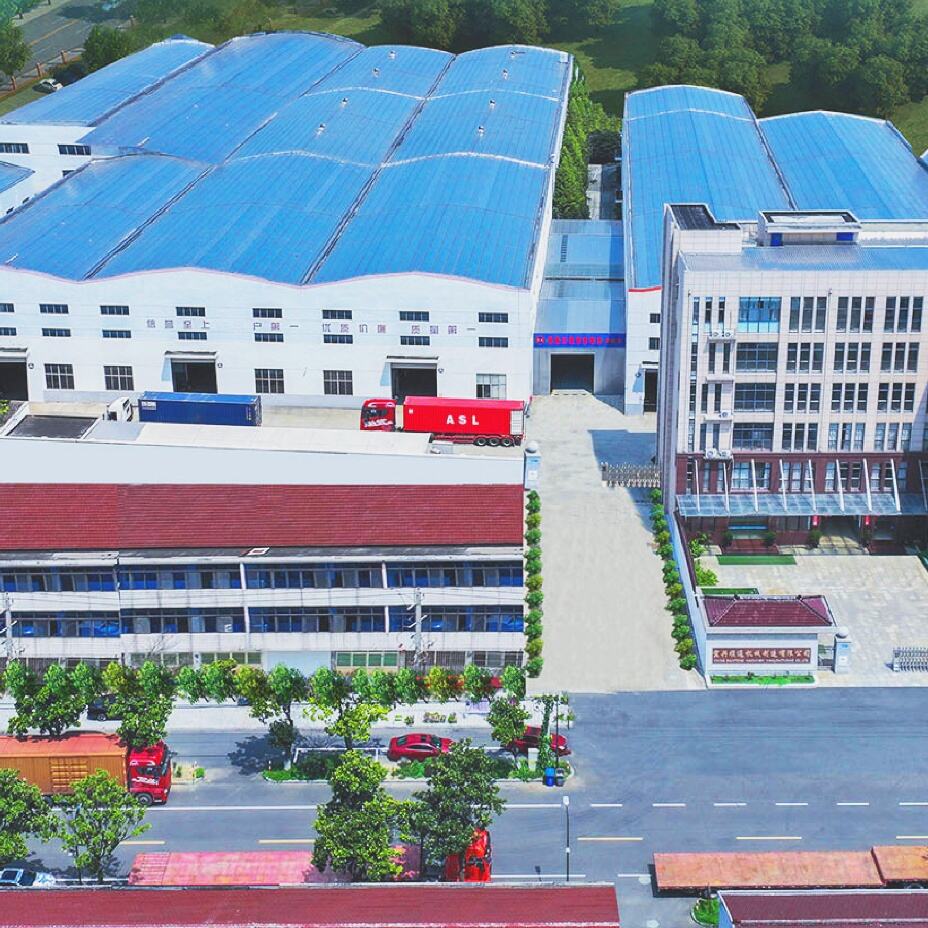Application Areas Corresponding to Different Price Ranges of Wire Drawing Machines
Low-priced wire drawing machines are widely applied in small-scale, low-demand traditional sectors, catering to users prioritizing cost control for basic wire processing. This price segment (typically several thousand to tens of thousands of dollars) is ideal for small hardware workshops producing standard products like nails, iron wire mesh, and simple fasteners—these businesses don’t require high precision and focus on minimizing initial investment. Local construction material suppliers also favor low-priced machines to process basic low-carbon steel wires for on-site construction needs (e.g., temporary fencing, concrete reinforcement). Additionally, small-scale electrical wire manufacturers in underdeveloped regions use them to produce low-voltage household cables, as the machines meet basic production standards while keeping operational costs low.
Mid-priced wire drawing machines (usually tens of thousands to hundreds of thousands of dollars) target medium-sized enterprises with scaled production needs, balancing cost and performance for growing industries. Medium-sized automotive parts factories rely on these machines to produce wiring harnesses and brake cables—mid-range models offer better speed stability and diameter accuracy than low-priced options, supporting batch production without the high cost of premium equipment. Regional renewable energy component suppliers (e.g., solar panel frame manufacturers) also choose mid-priced machines to process high-tensile aluminum wires, as they include basic energy-saving features (like variable-frequency drives) that reduce long-term operational costs. Additionally, electronics accessory factories producing USB cables and basic PCB wires opt for mid-priced models to meet moderate precision requirements while expanding production capacity.
High-priced wire drawing machines (hundreds of thousands to millions of dollars) serve high-tech, high-standard industries where performance and compliance are non-negotiable. Electric vehicle (EV) battery manufacturers depend on these premium machines to draw ultra-fine, high-purity copper wires for battery tabs—they integrate advanced technologies like real-time diameter monitoring, impurity detection, and automated die changing, ensuring consistency for EV battery safety. Aerospace component producers use high-priced machines to process specialized alloy wires (e.g., titanium alloy) for aircraft wiring, as the equipment’s high-temperature resistance and material compatibility meet strict aerospace standards. Medical device companies also invest in high-priced models to produce biocompatible stainless steel wires for surgical sutures and orthopedic implants, as the machines adhere to medical-grade hygiene and precision requirements (e.g., smooth wire surfaces to avoid tissue irritation).

